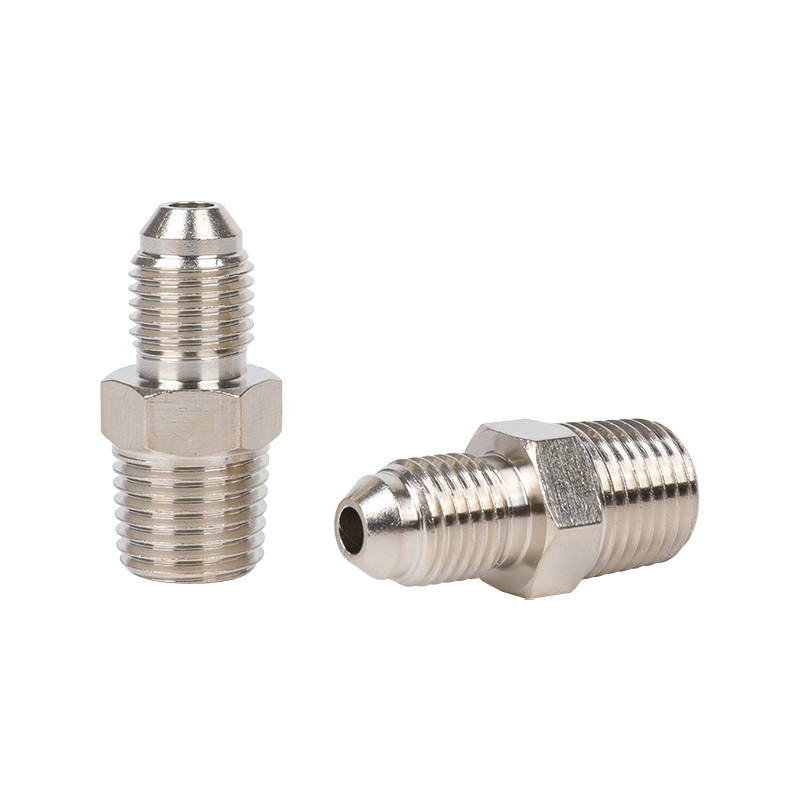What is the difference between automotive hose fittings in hydraulic and pneumatic systems?
Author:admin Date:2023-09-22
Hydraulics and pneumatics are common power transmission systems found in modern automotive and industrial applications that in many ways rely on automotive hose fittings for fluid transfer. Although hydraulic and pneumatic systems share some similarities, there are some important differences between them, especially when it comes to the design and performance requirements of hose fittings.
1. Working medium:
One of the biggest differences between hydraulic and pneumatic systems is the working medium they use. Hydraulic systems use a liquid (usually oil) as the working medium, while pneumatic systems use gas (usually compressed air). This difference has a number of effects, including differences in work stress and delivery ability. Hydraulic systems typically have higher operating pressures, so hydraulic hose and fittings must be designed to withstand high pressures. In contrast, pneumatic systems operate at lower pressures, so hoses and fittings can be designed to be relatively lightweight.
2. Sealing requirements:
Due to the higher operating pressures of hydraulic systems, sealing performance is very important for hydraulic hose fittings. Any leaks can result in fluid leakage, which not only impairs system performance, but can also create a dangerous situation. Therefore, hydraulic hoses and fittings must have an excellent seal to prevent fluid leakage. In pneumatic systems, the requirements for sealing performance are usually lower, but gas leakage still needs to be prevented.
3. Material selection:
Due to the high working pressure of hydraulic systems, hydraulic hose fittings are usually made of high-strength metal materials such as steel or stainless steel. These materials are able to withstand stress and maintain stability under high pressure and high flow conditions. Pneumatic systems, by contrast, operate at lower pressures, and hoses and fittings can be made of lightweight materials, such as aluminum or plastic, since they don't require the same strong materials as hydraulic systems.
4. Fluid properties:
Another important difference is the fluid nature of liquids and gases. Liquids are incompressible, which means hydraulic systems are able to provide higher forces and more precise control. This makes hydraulic systems useful in applications where significant loads and precise motion control are required. Gases are compressible, so pneumatic systems are often used in applications that require small force and speed control, such as controlling valves, air tools, etc.
5. Maintenance requirements:
Since hydraulic systems typically operate at higher pressures, hoses and fittings are more susceptible to wear and thus require more frequent maintenance and inspections. Leaks in hydraulic systems can also have adverse effects on the environment. In contrast, pneumatic systems have lower maintenance requirements because the operating pressure is lower and the life of the hoses and fittings is generally longer.
stainless steel fitting for auto

stainless steel fitting for auto



 English
English Deutsch
Deutsch











